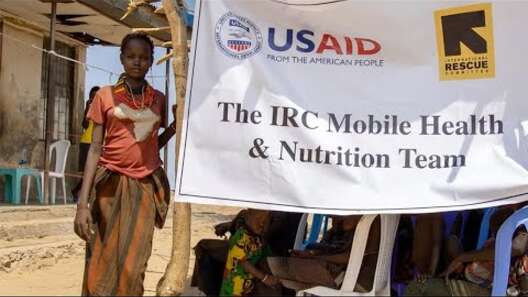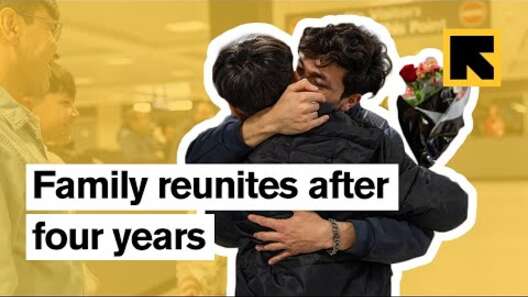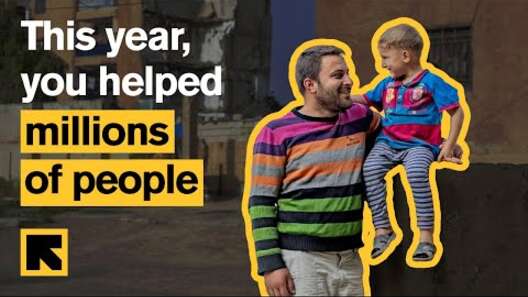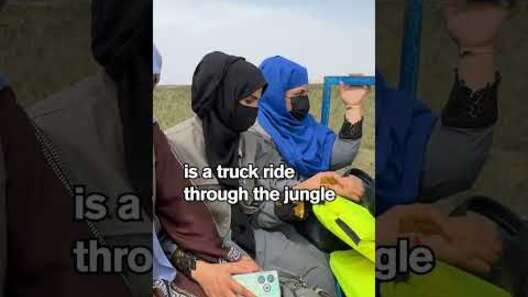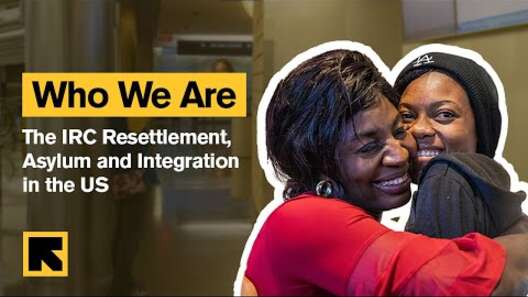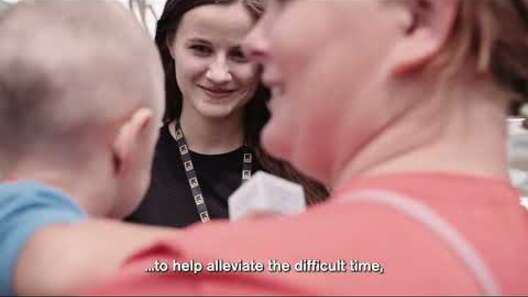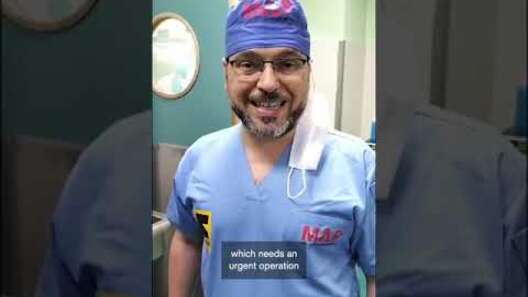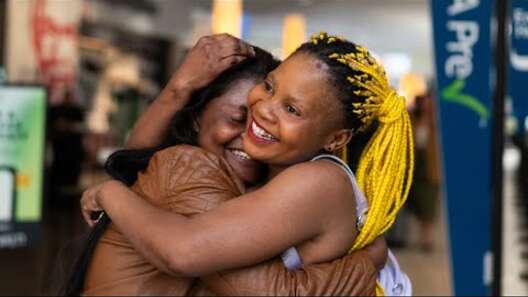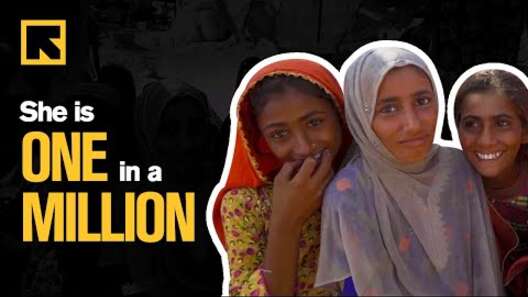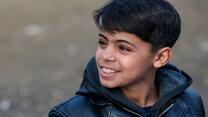We met 10-year-old Farhad Nouri at the Krnjaca asylum center in Belgrade, where he and his parents found some respite after fleeing from the Taliban. The deafening sounds of guns and bombs forced them to make the dangerous journey to Europe.
“I come here to see Irena,” Farhad says. Irena Radujevic is an aid worker with the Divac Foundation, a local organization that runs a café in partnership with the International Rescue Committee. “She is my best friend here,” he says, smiling. “I cannot paint in our room. My color pencils keep falling from the top bunk bed.”
An aspiring artist, Farhad spends most of his time at the café, where refugees can enjoy a cup of tea or coffee, play games or attend an art workshop. The heightened border security in Europe has prevented his family from joining their relatives in Switzerland.
The boy has many hopes and dreams, but most of all, he wants a place he can call home, a place to feel welcomed.
“I want to go somewhere where they will not tell me to go back to Afghanistan,” is how he puts it.
Returning to Afghanistan would be a death sentence for this family. The Taliban was not impressed by Farhad’s talent—radicals advised his parents to send him to a mosque instead.
But Farhad had big plans for the future. He admires Picasso. He is also a fan of Salvador Dali—among his drawings is an unfinished portrait of the surrealist. And he enjoys the praise he receives for his drawings. All he wants is a chance, which every child deserves, to get an education and fulfill his dreams.
Farhad is just one of 3,000 refugee children stranded in Serbia.
